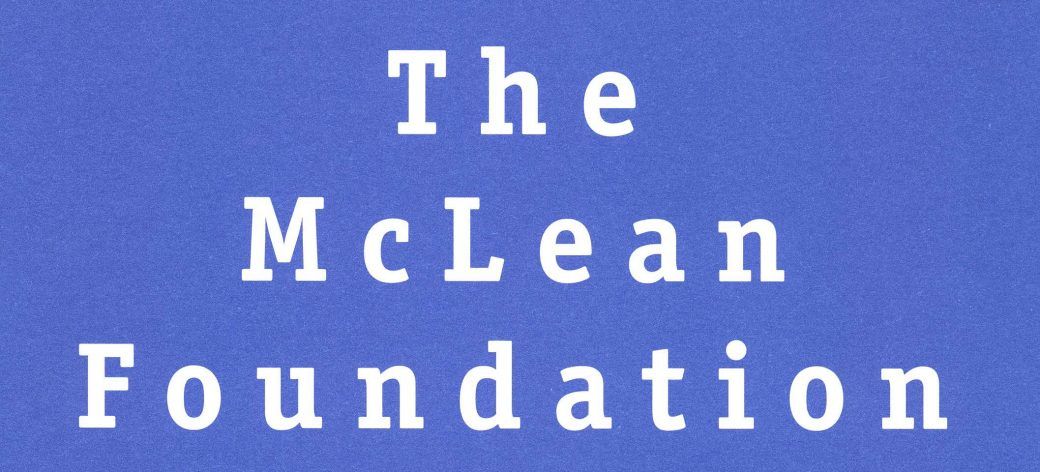Mer Bleue Conservation Area © Dave Henderson
One of the devastating impacts of climate change is the increased frequency of extreme weather events – including extreme rainfall resulting in an increased risk and intensity of flooding. Protecting and restoring wetlands are cost-efficient strategies to reduce the impact of flooding. In fact, Ontario’s 2020 Flooding Strategy calls for improved policies to maintain and restore wetlands as a key action to reduce the risk of flooding.
Rising Flood Waters
The Ontario Auditor General’s 2022 report on urban flooding shows that floods and related damages are on the rise across Ontario, especially in urban areas:
- Between 2010 and 2020, cities across Ontario experienced seven urban flood events from which insured damages exceeded $80 million each.
- Ontarians experienced $3 billion of insured water-related damages in “catastrophic loss” events (losses exceed $25 million) from 2012 to 2021.
- In 2013, Toronto experienced Ontario’s costliest flood event when 12.6 centimetres of rain fell in six hours, resulting in 7,000 flooded basements, 900,000 homes without power, $1 billion of insured damages and another $60 million in uninsured costs.
The primary causes of increased flooding are: (1) conversion of greenspace to impervious surfaces, (2) inadequate and aging stormwater infrastructure, and (3) increasing heavy rain events due to climate change.
Wetlands are Natural “Shock-absorbers”
Faced with the reality of increasingly frequent heavy rainfall events, wetlands are cost-efficient and effective at reducing the damage. This is because water naturally collects in these low-lying areas of the landscape, where it is then slowly released, soaked into the soil to recharge groundwater systems or absorbed by wetland plants.
Without wetlands, excess water during extreme rain events overwhelms stormwater infrastructure and leads to large floods.
- Southern Ontario’s wetlands are estimated to reduce flood-related damages by 38 percent in urban areas and 29 percent in rural areas.
- Wetlands in the Greenbelt are estimated to provide $350 million per year of flood control services.
Small but Mighty Local Wetlands
Even a small wetland can significantly reduce the risk and intensity of flooding in surrounding areas. This is because wetlands provide disproportionately large flood mitigation benefits relative to their size.
“A wetland as small as two hectares can retain water runoff from an area 70 times its size, significantly reducing flood damage.”
– Ontario’s Auditor General, 2022
In a case study from New Brunswick, protecting four small wetlands totaling less than 1.5 hectares provides $1 million of stormwater management services in the event of a 1-in-5-year flood. When accounting for climate change, their stormwater management services for a 1-in-5-year flood are estimated to reach $2.4 million.
Despite their value, smaller wetlands often lack the protection more frequently granted to larger wetlands and are rapidly disappearing in southern Ontario.
Co-benefits of Regulating Water Flows
Reducing flood damages is just one of the climate change adaptation services wetlands provide. Other benefits include:
- Reduced Erosion: By slowing the flow of water across soil surfaces and binding soil with plant roots, wetlands reduce the amount of soil washed away from stream and riverbanks, lakeshores, and other areas during periods of heavy rain or snowmelt.
- Reduced Drought Intensity: The water that accumulates in wetlands during heavy rainfall events is slowly released to the surrounding landscape during periods of drought.
- Improved Water Quality: As water moves slowly through a wetland, pollutants, excess nutrients and sediments can settle to the bottom or be filtered out by wetland plants instead of entering surface and groundwater systems.
- Local Cooling Effect: Incoming energy from the sun is converted into energy for wetland plants or evaporation instead of heat, thus reducing the impact of extreme heat events which are also becoming more frequent and intense due to climate change.
Primer Homepage | Carbon Storage | Flood Mitigation | Biodiversity Benefits | Additional Resources


